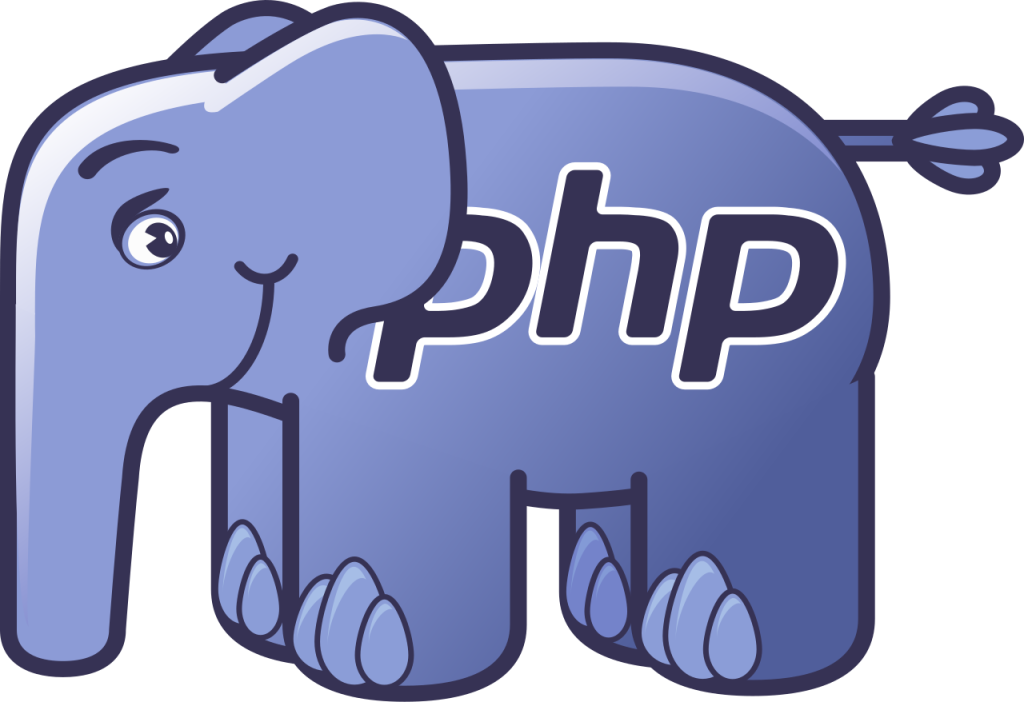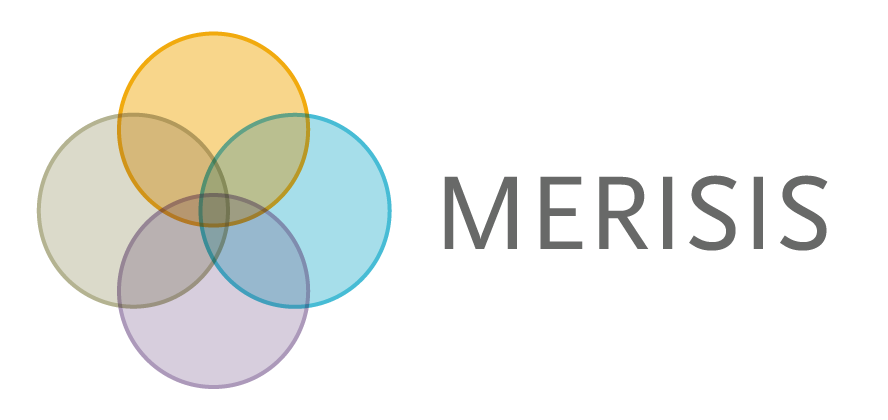
25 years in the Tech industry, Part 2.
Part 2 of our blog about our experiences in the tech industry takes us into the dawn of not just a new decade, but a new century too.
Following our previous article we now take a look at a new decade and a new century – 2000.
As with before there is plenty of tech industry and general nostalgia – some things you may remember, others you may have forgotten over time. Ultimately, we take a look at the changing programming landscape and what it meant for new companies such as Merisis.
The 2000’s – a new century dawned and there was a lot to take in…
On the positive side of things, the Summer Olympics were held in Sydney in the year 2000. Officially called the “Games of the XXVII Olympiad” it was one where England had made a bid to host (with Manchester being the ‘host’ city), but ultimately lost out to Australia. In terms of the medal table, Great Britain came a fairly respectable 10th.

Also of note for this decade was the € Euro entering circulation, the creation of the role of Mayor of London and the retirement of the Anglo-French supersonic airliner, Concorde.
Unfortunately, the early 2000’s are also remembered for a dramatic and downright horrifying event – the 9/11 terror attacks in New York. The world really seemed to have changed at this moment.
The rise of tech and the decline of the high street
The economic landscape didn’t fare too well at this time either – a case brought to home when UK stalwart Woolworth closed its doors in 2009 representing the decline of the high street had truly begun. Many fingers of blame regarding such retail struggles were aimed firmly at the rise of online shopping, however Woolworth’s online presence only lasted a further six years.
Just a few years before Woolies disappeared from our streets, we suffered a global financial crisis leading to recession. This decade was certainly hitting hard. Despite all these challenges, the world of tech still moved at great pace.
Internet use rose from 6.7 to 25.7% of the world’s population and Web 2.0 (and broadband internet) meant users had a more visual experience with images and video. Many familiar websites were created in the 2000’s, such as Wikipedia (2001), Google Earth (2001), iTunes (2001), Facebook (2004), YouTube (2005) and Spotify (2008).
What this meant for consumers
If the 1990’s saw tech becoming more synonymous with consumers, then the early 2000’s certainly saw this notion cemented. Tech was well and truly established as part of everyday life: mobile phones, games consoles, cars – the list is endless. More people had more computers which were easier to use and faster than before. The humble pen and paper was becoming rarer in the business context and information was well and truly digital.
Servers at this point (predominantly IBM for most FTSE-sized companies) were becoming smaller and more advanced. Previously they were huge – anywhere between 100-150 ft long and could fill an entire room, but the ever-advancing nature of tech meant the correlation between processing scale and physical size was changing.
Remember the IBM mantra from our first blog? An alternative take on it was “you never got sacked for buying IBM” due to its robust reliability and backwards compatibility. It was expensive but never fell-down. If it wasn’t broken….
But changes, or rather progression was afoot.
A changing programming landscape for the tech industry
It wasn’t just hardware which was evolving – Java wasn’t the only kid on the block as other open programming languages, such as PHP, came into much greater use than they previously had.

PHP was not quite a business-used developer language yet – with ‘yet’ being the key word here. PHP 4, powered by the Zend Engine 1.0, was released in 2000 followed by PHP 5 (powered by the new Zend Engine II) in July 2004.
PHP 5 included new features such as improved support for object-oriented programming, the PHP Data Objects (PDO) extension (which defines a lightweight and consistent interface for accessing databases), and numerous performance enhancements.
PHP was becoming more powerful, more versatile and for people like Jon and Darren, more useable.
Programming language opens the server door
The key importance about the greater use of Java and PHP and the move to open-source programming languages was that they could run on many different and cheaper servers, more so than the proprietary RPG language on the IBM AS/400.
From a business technology perspective, this was huge.
Merisis – launched in 2000
Jon and Darren started the foundations of Merisis in 1998 whilst working at GeoLogistics [see previous article], then in 2000 the business was formally launched from Jon’s dining room. There was officially a new entrant to the tech industry.

The company strategy was quite simple: Adapt & Adjust. Jon and Darren knew from experience that many large organisations were restricted by disparate legacy systems. This proved to be a two-sided challenge as aging IT legacy systems were a threat to progress, and disparate systems a threat to productivity – however complete replacement was a threat to business as usual and came with a large financial investment. What could businesses do?
Recognising that many businesses would be slow or restricted to wholesale technology changes, Merisis continued working with IBM AS/400 but developed their own product, Freestyle-400 – a lightweight alternative to IBM’s WebSphere.
Merisis therefore made life simpler – offering customers solutions with the ability to program the AS/400, to adapt and grow with Freestyle-400 and offer a completely new approach to a Java based solution. This was faster and a more cost-effective way forward, demonstrating not just the agility of tech companies such as Merisis, but also of the changing industry too.
Some of their first larger projects included:
• Budget Insurance Group – their first online car insurance quotation system which would then lead to home and caravan insurance, then ultimately the comparethemarket brand.
• Glenmorangie supplier portal – to view requirements for raw materials.
• UECC (United European Car Carriers – part of the NYK Group). Test project in Turkey leading to a long-term relationship
• A first mobile App! (for a logistics customer to track shipments on a PDA)
The benchmark is set for Merisis
This mindset and foundation of clients and projects really set Merisis up for what they were to become today. Not just content with churning out projects at pace for the sake of it, Jon and Darren have always understood the technological landscape which their customers face, and the challenges it creates for them. Understanding the benefits and challenges of the workings of IBM systems is an example of this.
Knowing that technology evolves, but also doesn’t always start from a clean slate, is also central to the relationships Jon and Darren fostered in those early days.
However, as we all know, the tech industry just keeps on changing.
In Part 3 we will come up to date with Merisis with more Apps, more logistics and more problem solving.
- 1. Credit: E Gammie, Concorde at Baginton Concorde performing a low-level wheels down flypast at a Baginton air show. Concorde_at_Baginton_-_geograph.org.uk_-_156846.jpg ↩︎
- 2. The PHP elePHPant; Credit: Vincent Pontier – http://www.elroubio.net/elephpant_download.php http://php.net/elephpant.php ↩︎
